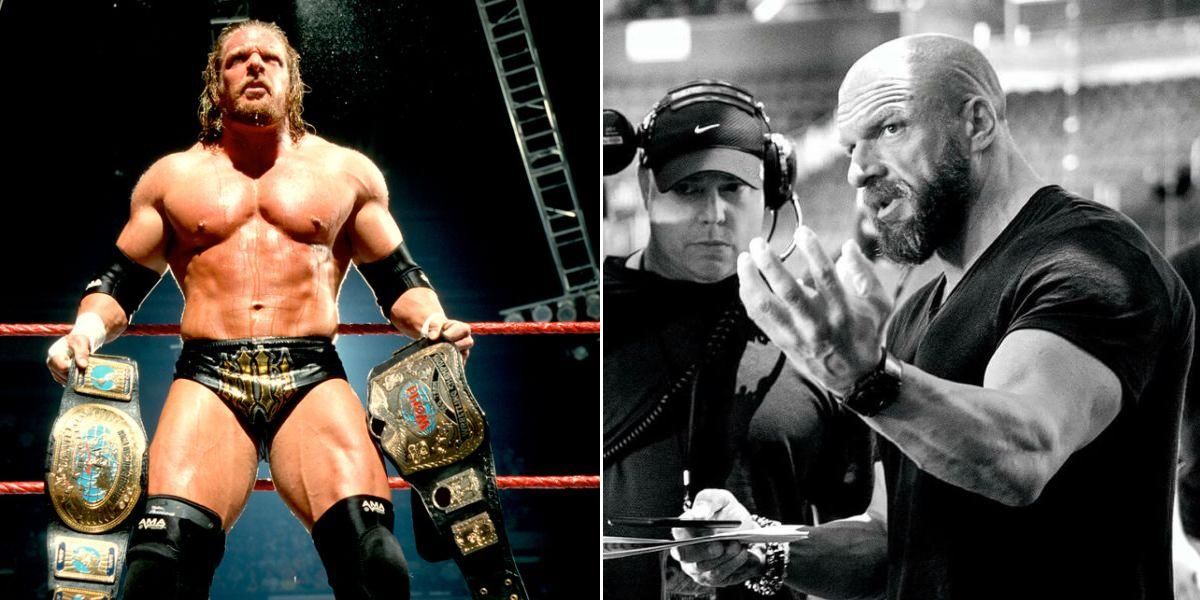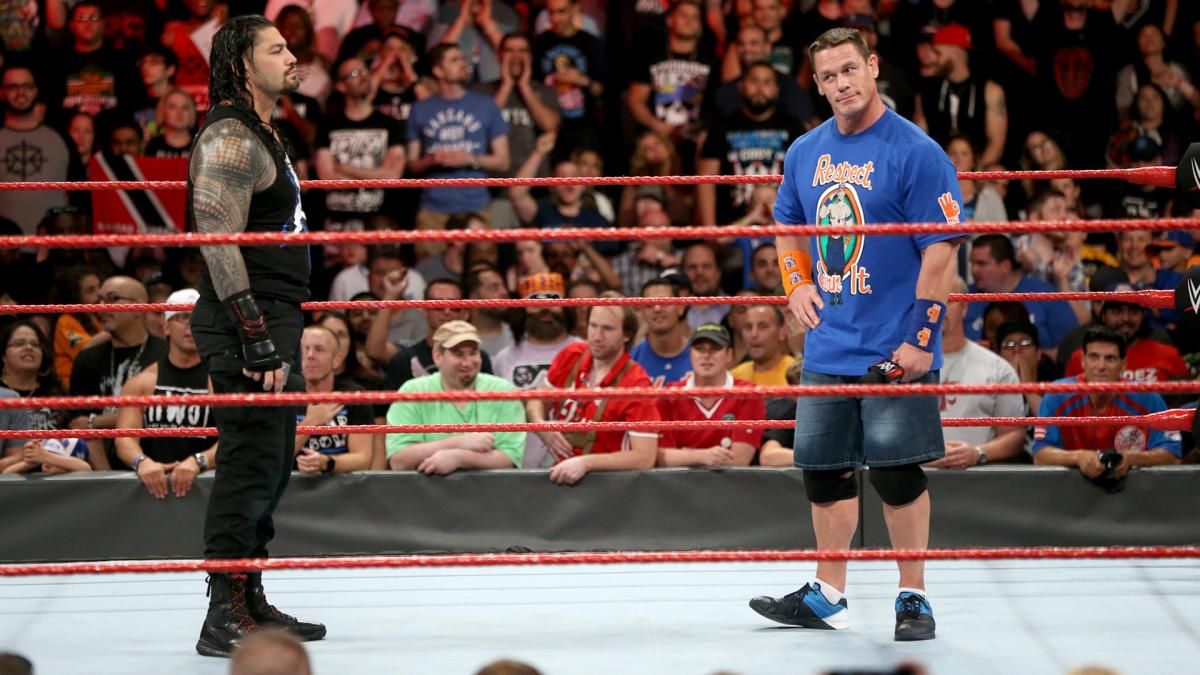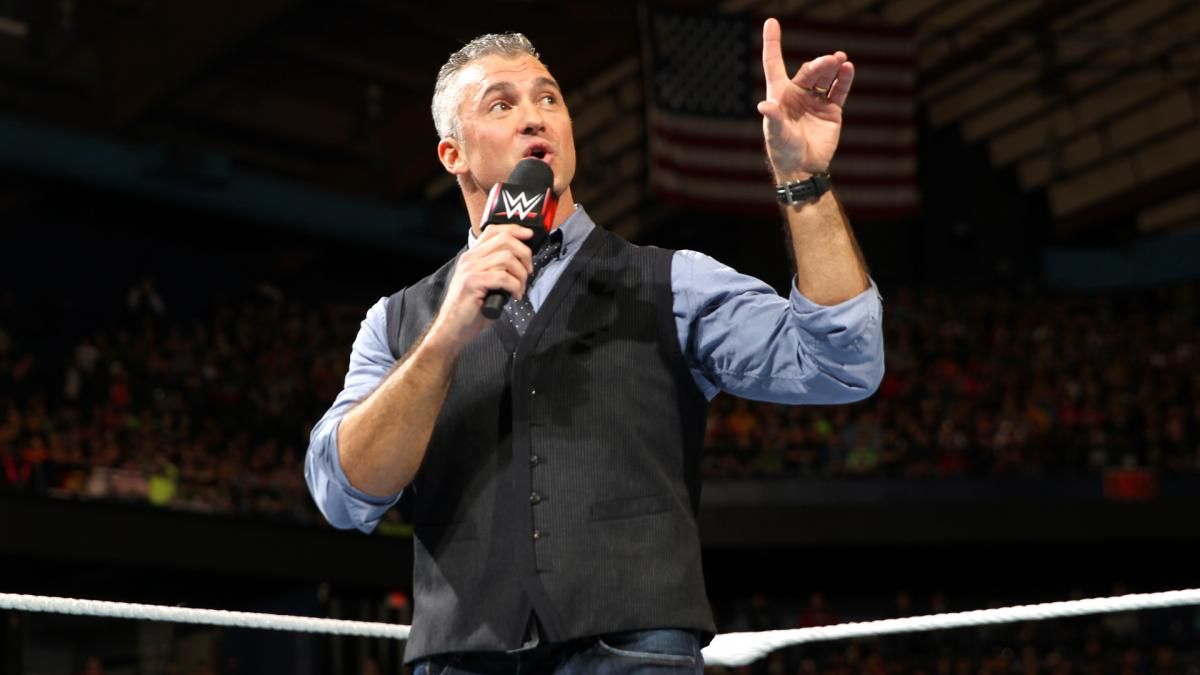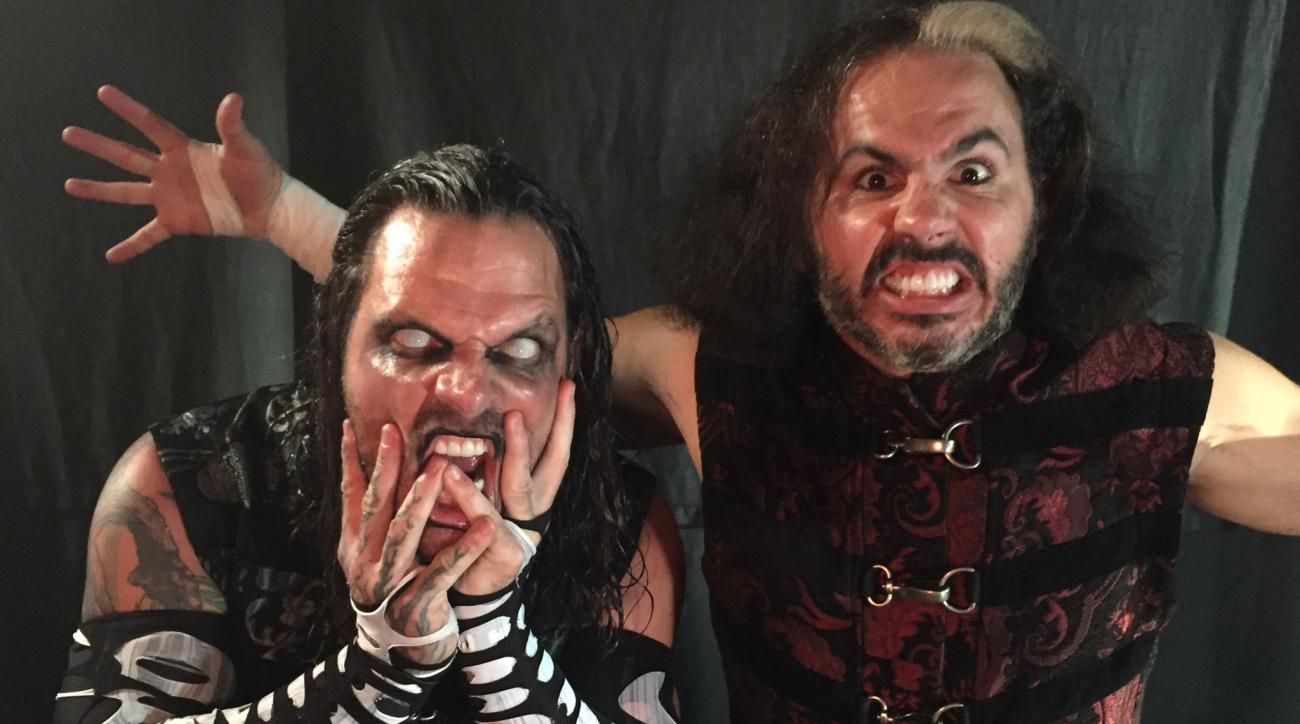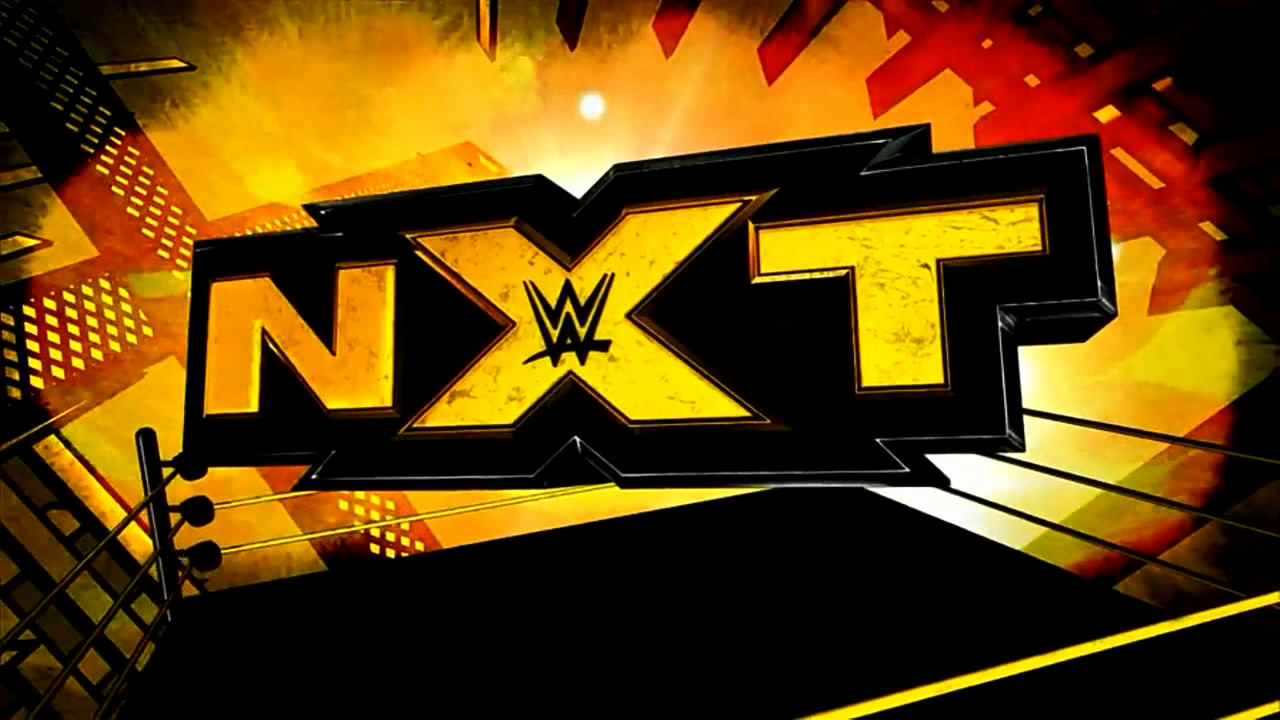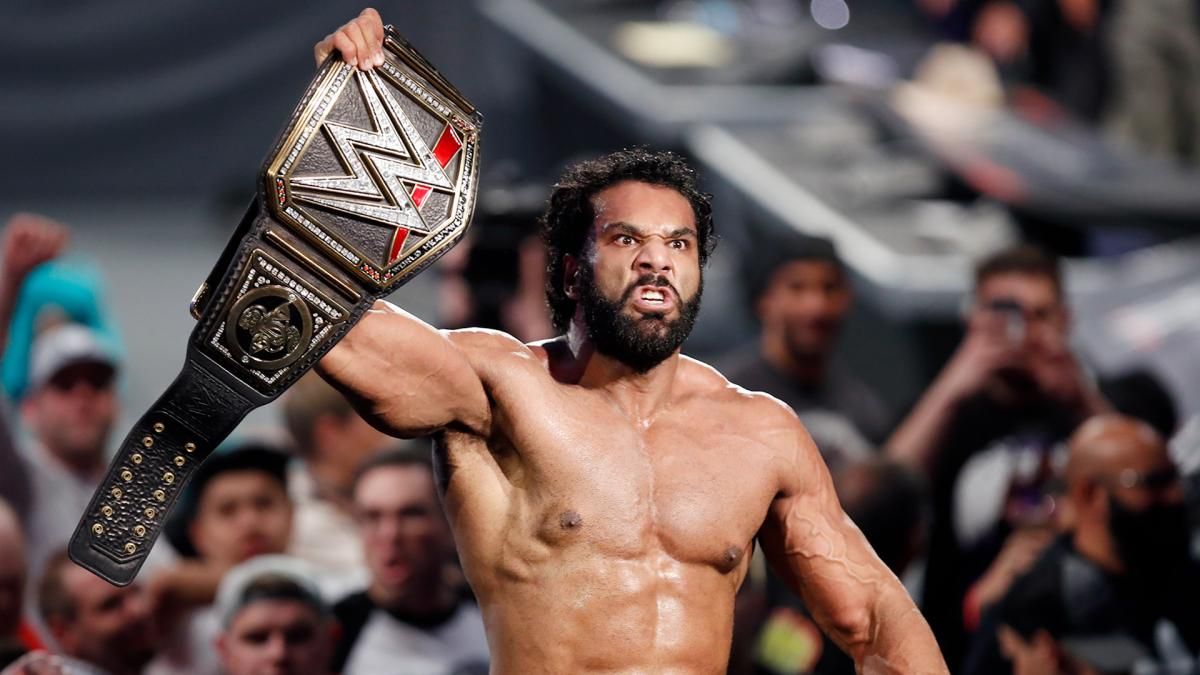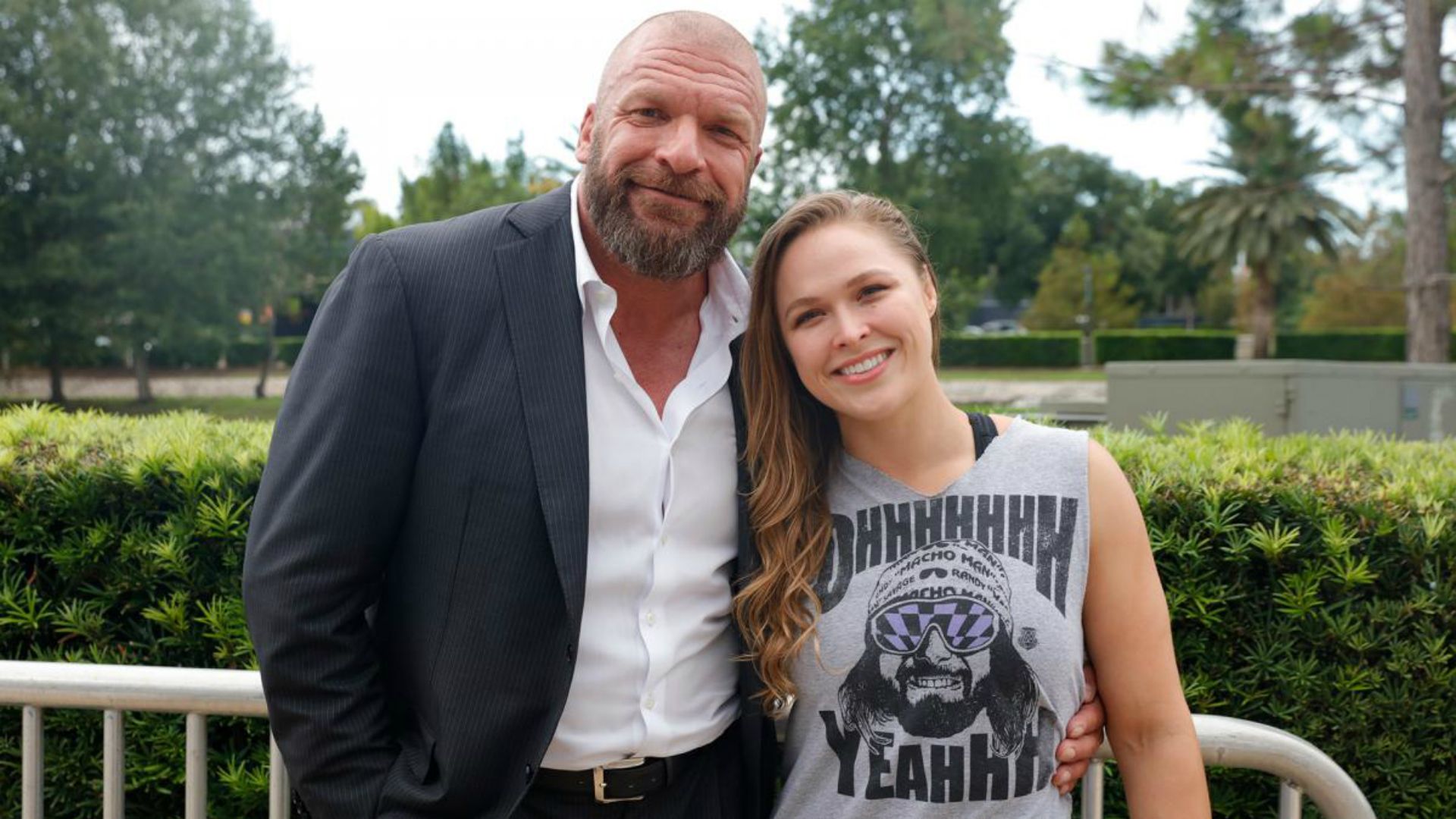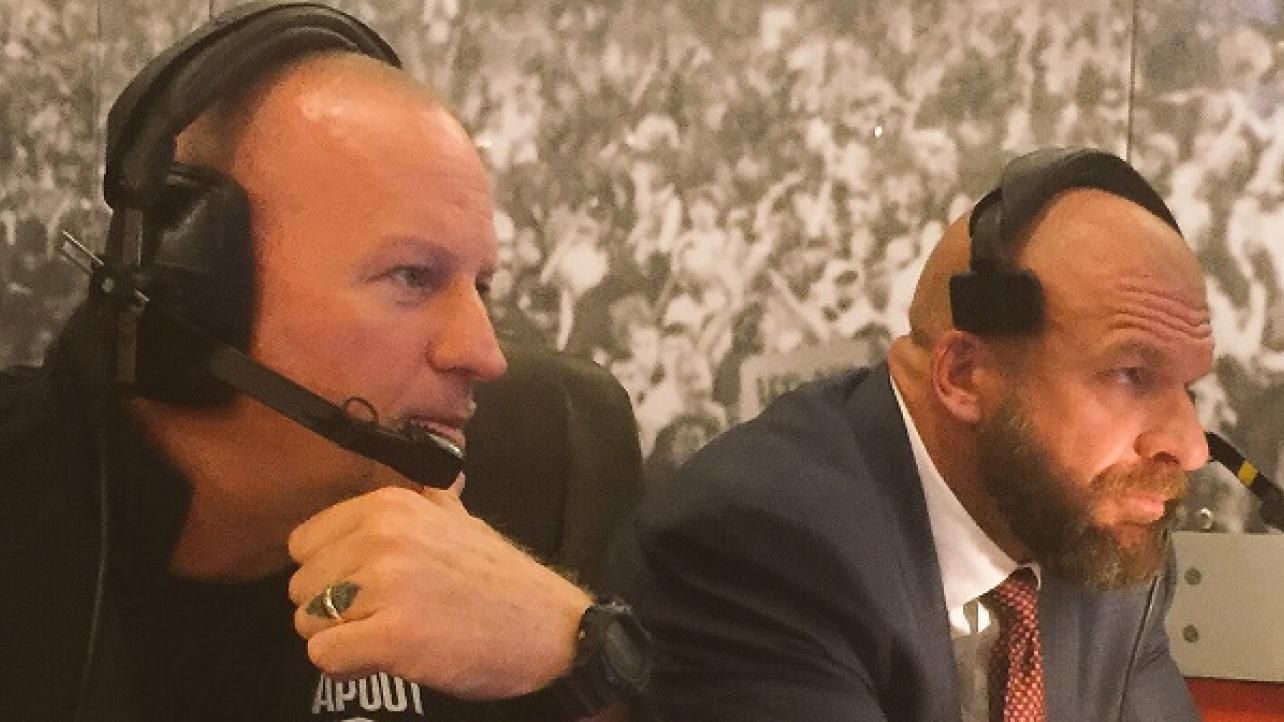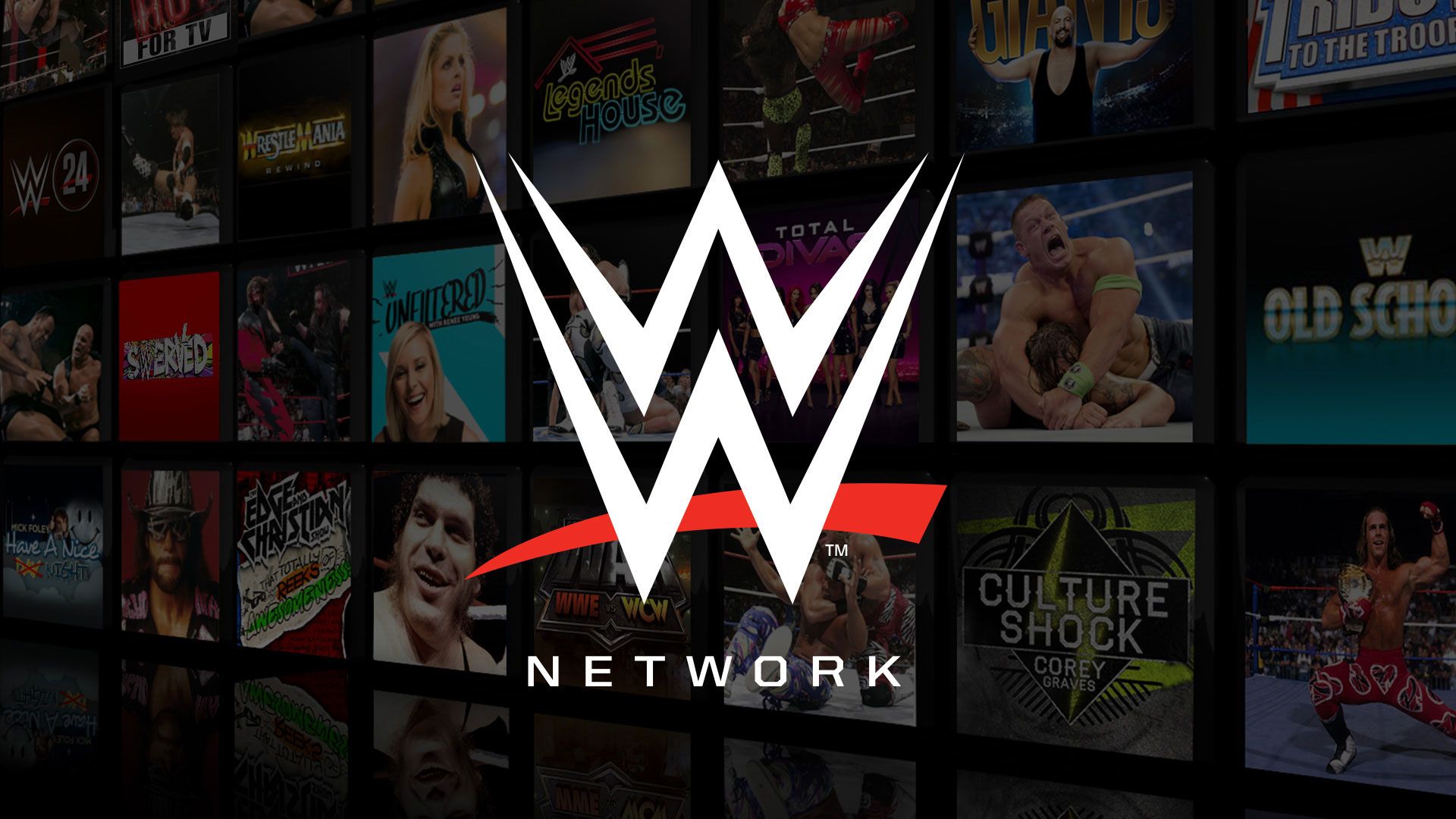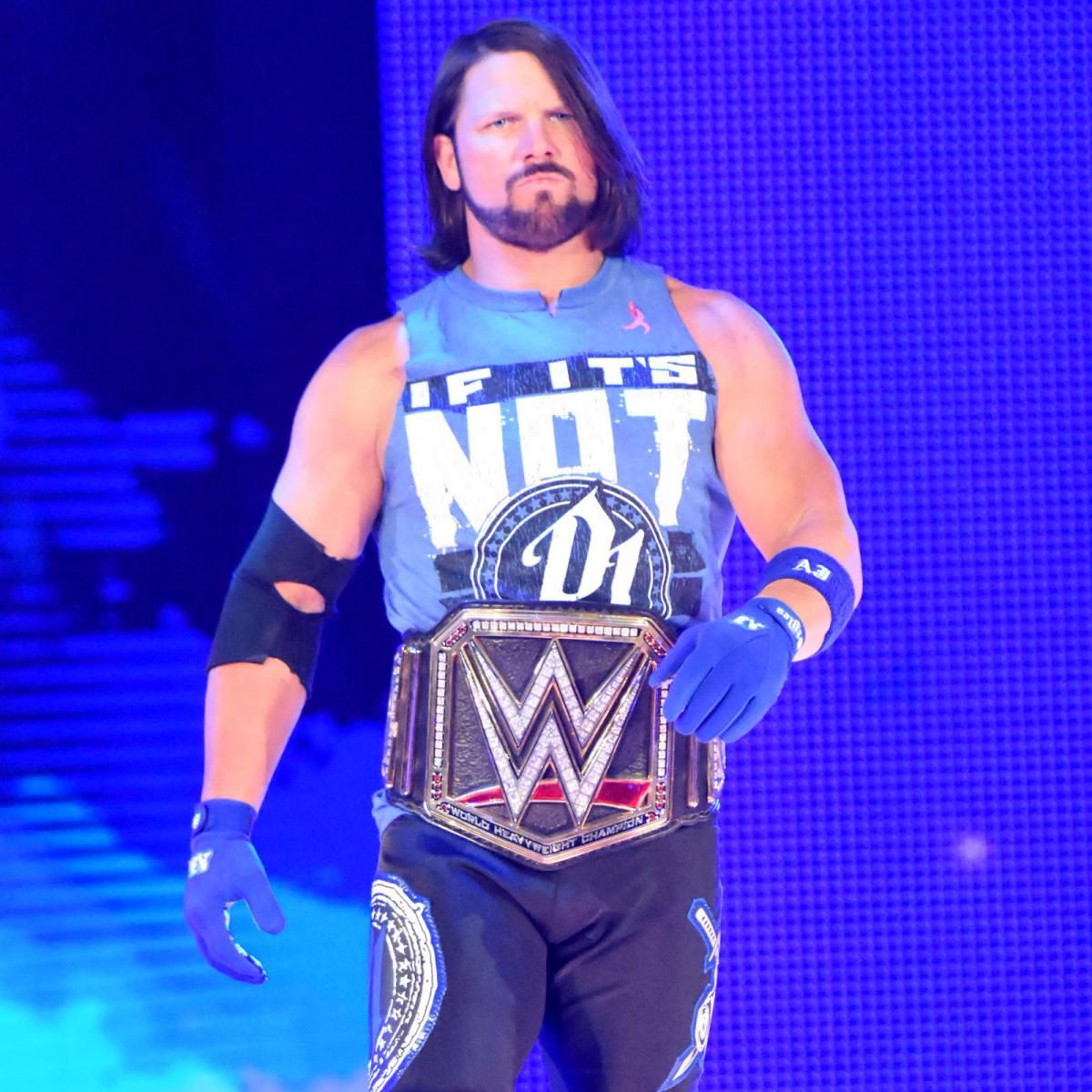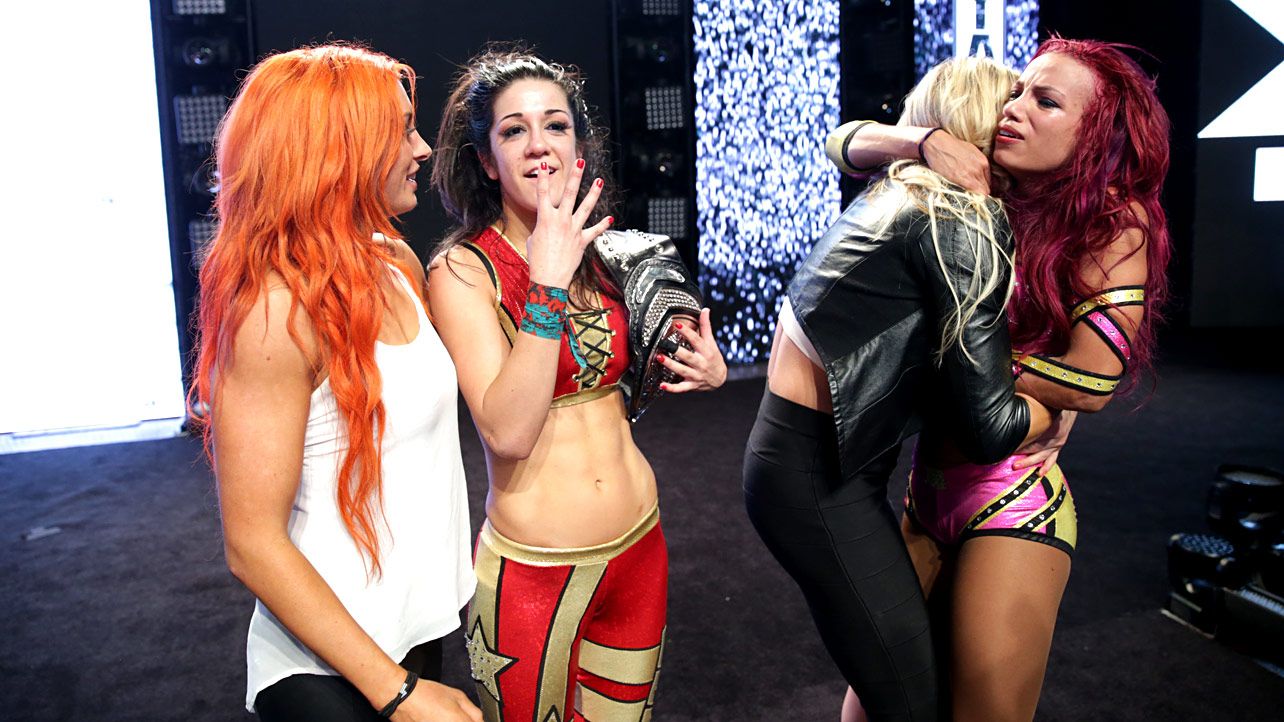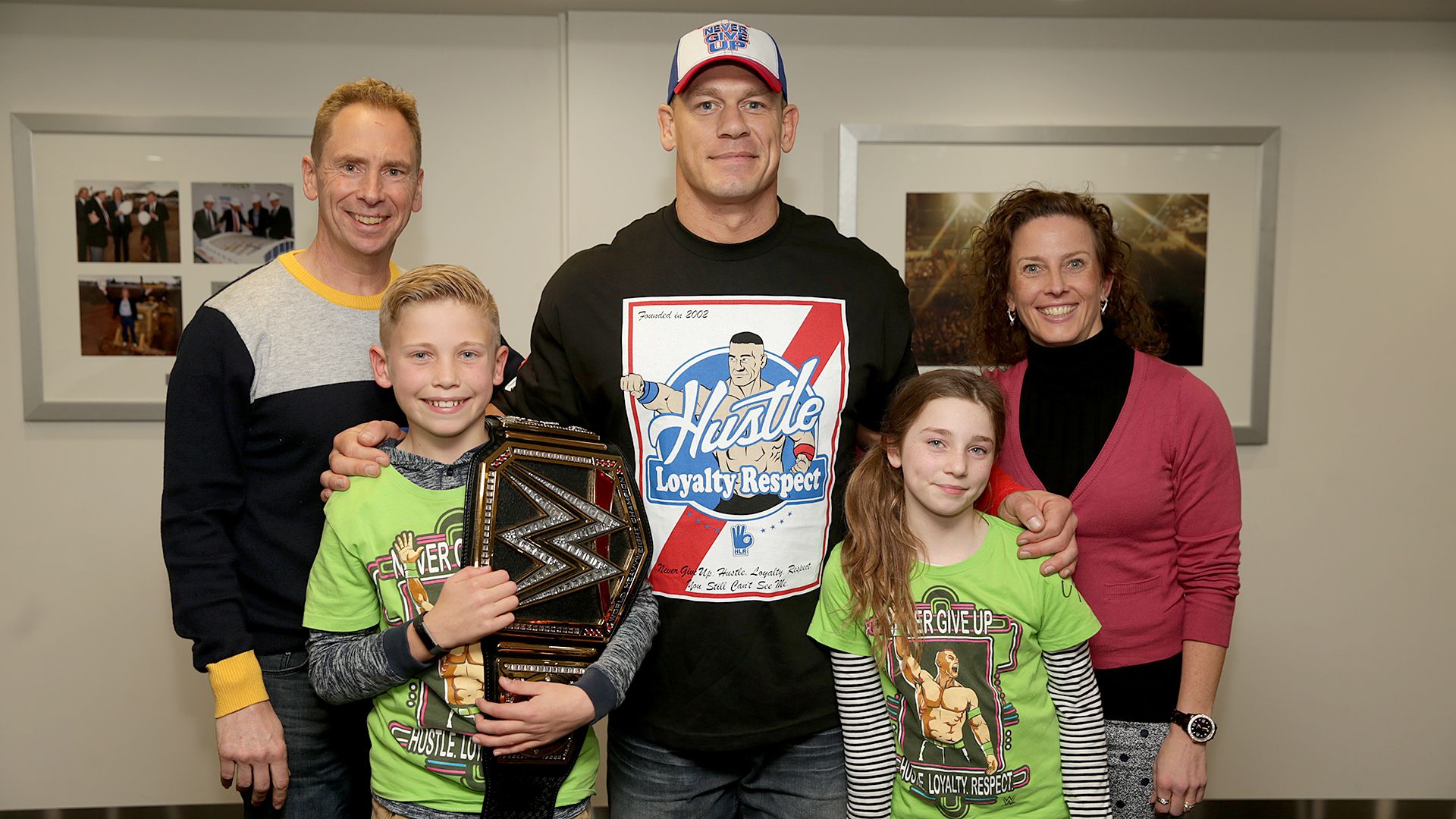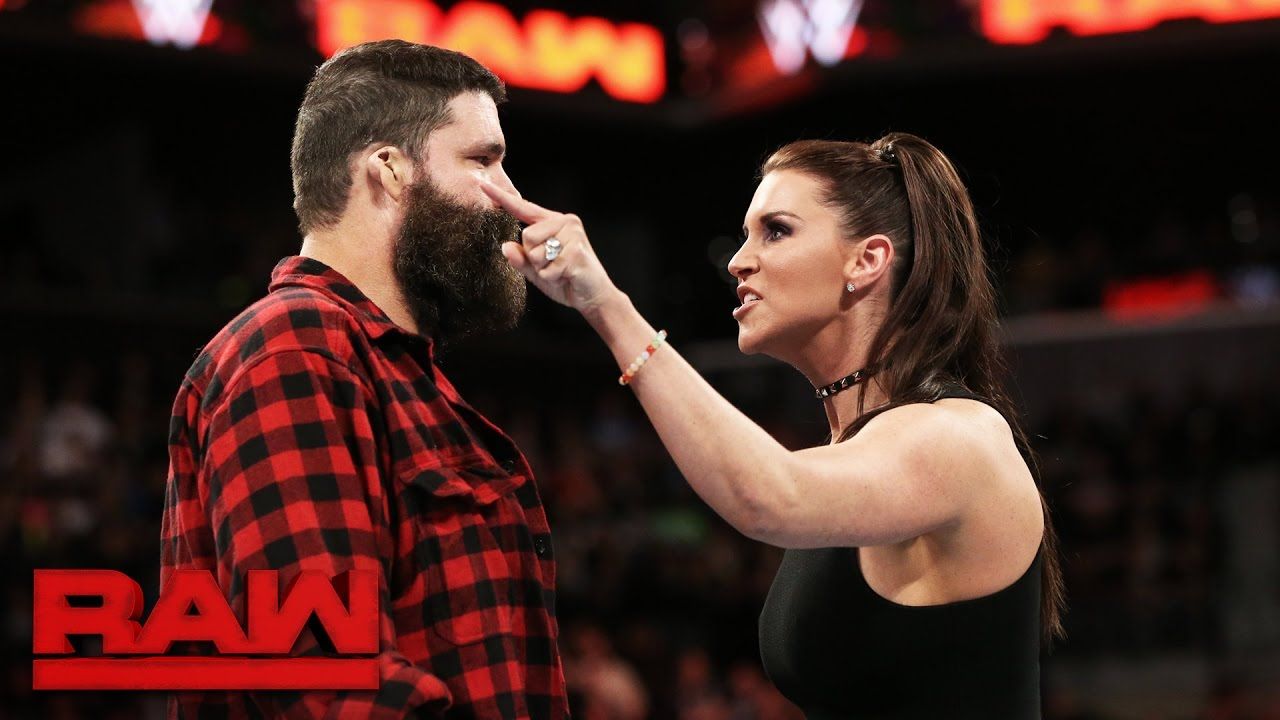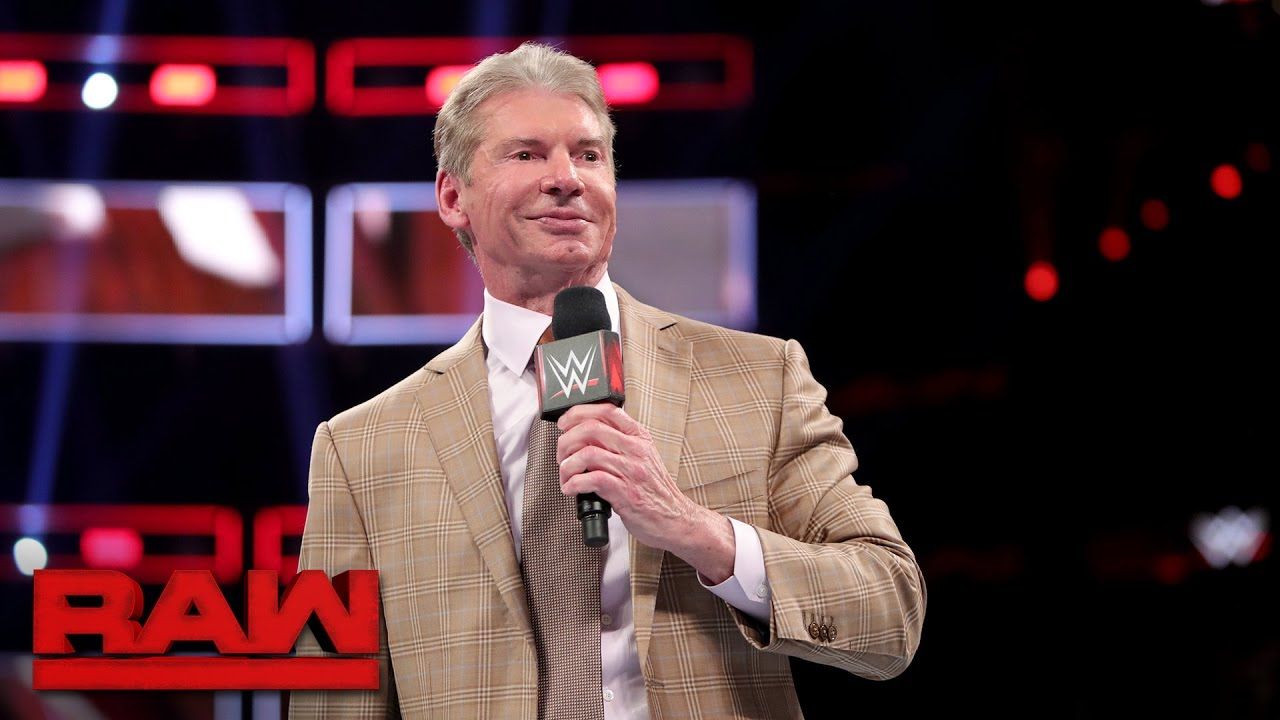The professional wrestling industry changed dramatically during the first three months of 2001. Extreme Championship Wrestling, the small independent promotion that captivated fans throughout the east coast of the United States, unsurprisingly went out of business. The biggest news of all, of course, occurred in March 2001 when World Championship Wrestling was purchased by what was known, at the time, as the World Wrestling Federation. The WWF, now World Wrestling Entertainment, stood tall as the sole survivor of the “Monday Night Wars,” and the hope held by fans heading into the spring of 2001 was that the WWE would ignite a new “boom period” and give fans around the world reasons to embrace products created by the only massive wrestling promotion existing in North America at the time.
Imagine, if you will, a scenario where you would be able to bring a WWE fan from August 2001 directly to August 2017 without that person knowing anything about what occurred in the organization or the industry, in general, in the 16 years between. What about the WWE in 2017 would shock that individual? Would that person like pro wrestling more or less today than he did at a time when the WWE was essentially taking victory laps during episodes of Raw and SmackDown after defeating both ECW and WCW? One thing that cannot be denied is that the WWE is different in many ways than it was a decade and a half ago when those running the company were trying to navigate an unrecognizable wrestling terrain.
15 15. No New Boom
The supposed pro wrestling bubble had burst by the time the summer of 2001 rolled around, which was inevitable once both ECW and WCW became merely parts of WWE. A WWE fan from 16 years ago would probably be shocked, not to mention disappointed, to learn the product has never again been as hot as it was during the “Attitude Era,” and that television ratings and other statistics seem to indicate only the most hardcore and most dedicated followers of the product routinely tune into shows such as Raw and SmackDown in the summer of 2017.
It’s been 16 years, and the WWE has still never found a way to bring back fans the company and industry lost all the way back at the start of the century.
14 14. Shane McMahon Still Crazy
During the failed “Invasion” storyline that saw an alliance of former ECW and WCW performers and also some WWE wrestlers battle the WWE, it wasn’t rare to see Shane McMahon, the kayfabe owner of the WCW faction, take ridiculous risks during matches against the likes of Kurt Angle.
Shane-o-Mac is not only still on WWE television 16 years later in the summer of 2017. He is still willing to sacrifice his body by taking crazy bumps off of cages, and it’s being teased he could soon have a Hell in a Cell match versus Kevin Owens. We can’t say, for sure, if a fan from 2001 would be happy or upset upon seeing Shane as an active member of WWE programming this year, but it’s safe to say that person would probably be shocked.
13 13. The Hardys
A WWE fan from 2001 would probably have a lot of questions regarding the career paths of Matt and Jeff Hardy over the past 16 years. For starters, that person never lived through Matt Hardy Version 1.0 or Jeff’s solo run that saw him become a World Champion in the WWE. If nothing else, a fan from 2001 would likely be very confused upon seeing Matt make some weird gesture with an arm while yelling “DELETE!” before, during and after matches.
The gimmicks of “BROKEN” Matt and “Brother Nero” have been rather polarizing throughout the wrestling world since they first appeared, which is why we can’t say, for sure, if a fan from 2001 would hate or love those characters and the storylines that played out in Impact Wrestling in 2016.
12 12. NXT Replaced ECW
The death of ECW left a gap in the hearts of many wrestling fans who watched the WWE product in 2001 but who also yearned for an alternative from what appeared on cable television several hours each week. Imagine telling a fan from 16 years ago he would have a new alternative in 2017, but also that this particular three-letter promotion would be created by the WWE.
Whether fans of the old ECW want to admit it or not, NXT is, unofficially, the new ECW, as it differs from what is presented on Raw and SmackDown in many ways. NXT TV shows are shot in a small venue, and its “special events” are often seen as being better than the big events produced by the WWE.
11 11. Jinder Mahal, WWE Champion
Not everything about WWE booking made sense in 2001, but at least the company presented World Champions as big stars. The likes of Kurt Angle, Steve Austin, The Rock, Chris Jericho and even Booker T were made to feel more important than others lower on cards, which is why fans took them seriously.
A fan from that time would probably be shocked to learn that Jinder Mahal, a guy who was a jobber and/or a comedy act throughout his original stints in the WWE, was now serving as the WWE Champion and the supposed top heel for the SmackDown brand. We’re confident in suggesting a viewer from 2001 wouldn’t be a Mahal fan and would probably want to know why the company would even consider pushing him ahead of the likes of A.J. Styles and Shinsuke Nakamura.
10 10. UFC & WWE
There wasn’t much of any active relationship between the Ultimate Fighting Championship and WWE in 2001, which is why a fan from the time wouldn’t understand why it seems as if those two separate entities are working underneath one single corporation as of the summer of 2017.
WWE personalities are often seen and spotlighted at UFC shows, and UFC performers such as Brock Lesnar and Ronda Rousey have open working relationships with the WWE. It’s even been rumored Jon Jones could eventually work a program in the WWE, especially if his mixed martial arts career as he knows it is over. If you really want to confuse the fan from 2001, go ahead and explain all that happened with CM Punk making the jump from the WWE to the UFC in 2014.
9 9. Undertaker: Current WrestleMania Legend
Undertaker was a key figure for the WWE during the “Alliance” storyline of 2001, but it seemed even then that his time as an active performer was running out. The living legend of the industry is not only still mentioned on WWE programming, seemingly on a weekly basis, in the summer of 2017.
He is no longer the “American Bad Ass” he was in 2001, as he evolved into some weird combination of the “Deadman” persona who also happens to know some MMA. If the fan from 2001 wouldn’t be confused enough upon learning all of this about Undertaker, just think how he would feel upon being told ‘Taker allegedly retired in the spring of 2017 even though the company continues to tease he could make a return for one last feud with Roman Reigns. Truth be told, we current fans aren’t quite sure what to make about that storyline.
8 8. Triple H: Future WWE Boss
While Triple H was injured throughout the second half of 2001, it had been well established beforehand he and Stephanie McMahon were involved in a real-life relationship. Nevertheless, it would be downright shocking for a fan from that time to learn the same man responsible for co-founding D-Generation-X and for a plethora of controversial moments that occurred during the “Attitude Era” is now the same individual who essentially runs NXT and is the public face of WWE corporate.
Triple H, who routinely told authority figures to “suck it” from 1997 through 2001, now represents the company at press events and on programs such as SportsCenter. It’s almost as if the Triple H from 2001 and the guy who exists today are two different people.
7 7. WWE Network
Those of us who grew up following the WWE in 2001 could only dream of the organization creating a cable network dedicated to the product and to pro wrestling. Those younger versions of ourselves would be shocked and also over the moon to learn about the existence of the WWE Network.
Granted, the WWE Network isn’t perfect, but the company has done well to make vast improvements on that product from when it was first introduced. The current WWE Network has hours upon hours of classic programming from the 2000s, 1990s, 1980s and before, and it also provides fans with original content on a weekly basis. We may take WWE Network for granted, but a fan from 2001 would probably be in love with the streaming service.
6 6. Steve Austin is Essentially Gone
Wrestling fans in 2001 who didn’t subscribe to newsletters such as the Wrestling Observer at the time didn’t realize how banged up Steve Austin was as he was serving as the face of the Alliance faction. Thus, somebody from 16 years ago probably couldn’t have predicted Austin would never have a true pre-announced retirement match before walking away from the company and the industry as an active in-ring performer.
It would likely be even more surprising for that person to see Austin is essentially a figure from the past who no longer appears on episodes of Raw and SmackDown in 2017. Sure, Austin may conduct interviews and podcasts for the WWE Network, but the biggest single draw of the “Attitude Era” isn’t an active WWE character today.
5 5. “Independent Darlings” Welcome
Back in 2001, acts such as Bryan Danielson/Daniel Bryan, Samoa Joe, A.J. Styles, Adam Cole and so many others currently signed by the company would’ve been used as jobbers on house shows and dark matches that occurred before cameras rolled. Now, in 2017, some of the best overall workers in the industry who would’ve been seen as “independent darlings” of pro wrestling are signed and pushed by the WWE.
While we’re surprising a fan from 2001 with this information, think how he would feel about the WWE Network presenting a weekly show dedicated only to cruiserweight wrestlers. Acts such as Jinder Mahal and Roman Reigns are pushed largely because of how they look, but there’s no denying work rate means more in the WWE today than it did in 2001.
4 4. Divas Are Gone
The landscape of women’s wrestling in the WWE was largely an afterthought and a joke in 2001, as those performers were “Divas” who earned positions on cards more because of how they looked than what they could, or couldn’t, offer during matches. That’s no longer the case in 2017.
Women are presented in NXT and WWE programming as wrestlers who are athletes equal to their male counterparts and who are worthy of headlining a television show and, in some cases, even a special event/pay-per-view. One of the best overall WWE matches in recent memory involved Bayley and Sasha Banks feuding over the NXT women’s title at the 2015 NXT Takeover: Brooklyn event. That would’ve been downright unthinkable back in 2001. We hope a fan from 2001 wouldn’t miss Divas in today’s wrestling.
3 3. PG
One of the biggest shocks a WWE fan from 2001 would encounter in 2017 would be the lack of any TV-14 programming on shows. The WWE embraced what current fans have called the “PG Era” years ago, due largely to pressure from sponsors and advertisers, and versions of Raw, SmackDown and NXT are all meant to be TV PG.
Wrestlers cutting controversial promos that may make some parents cringe is, theoretically, a thing of the past, and wrestlers bleeding during matches has become a rare occurrence. Perhaps the fan from 2001 would welcome a change of pace, or maybe that person would prefer the edgier product presented to him in the early 2000s. However he would feel about it, there’s no reason to believe WWE will abandon PG programming anytime soon.
2 2. Heel Authority Figures Still a Thing
The idea of the heel authority figure was so played out in 2001 that Vince McMahon actually turned babyface and feuded with Shane and Stephanie McMahon while his two children were in charge of the Alliance faction.
16 years later, the company is still running with similar gimmicks even though the stable known as “The Authority” fortunately disappeared throughout the summer. Those hoping the idea is dead and buried for good should remember Stephanie is still, in storyline, the main boss of the Raw brand even though Kurt Angle is that show’s General Manager. The WWE fan from 2001 would quickly learn the more things change in the promotion, the more they stay the same. A heel McMahon will probably be on WWE programming as long as the company exists.
1 1. No Competition for WWE
By the summer of 2001, wrestling fans in the United States had to either follow the WWE, watch small local shows produced maybe once a month, if lucky, or view older tapes from organizations such as ECW and WCW.
While New Japan Pro Wrestling and Ring of Honor give passionate wrestling fans alternatives to WWE programming, those who only have limited time to follow pro wrestling and don’t want to subscribe to streaming services are, for the most part, left still wanting more in the summer of 2017. Global Force Wrestling/Impact Wrestling has never come close to offering any real competition to WWE, which would have to be a bummer for a fan from 16 years ago hoping he’d see a new “Monday Night Wars” at some point in the 2000s. It’s probably never happening, fan from 2001, so enjoy what you had before the company wasted the Invasion storyline.

